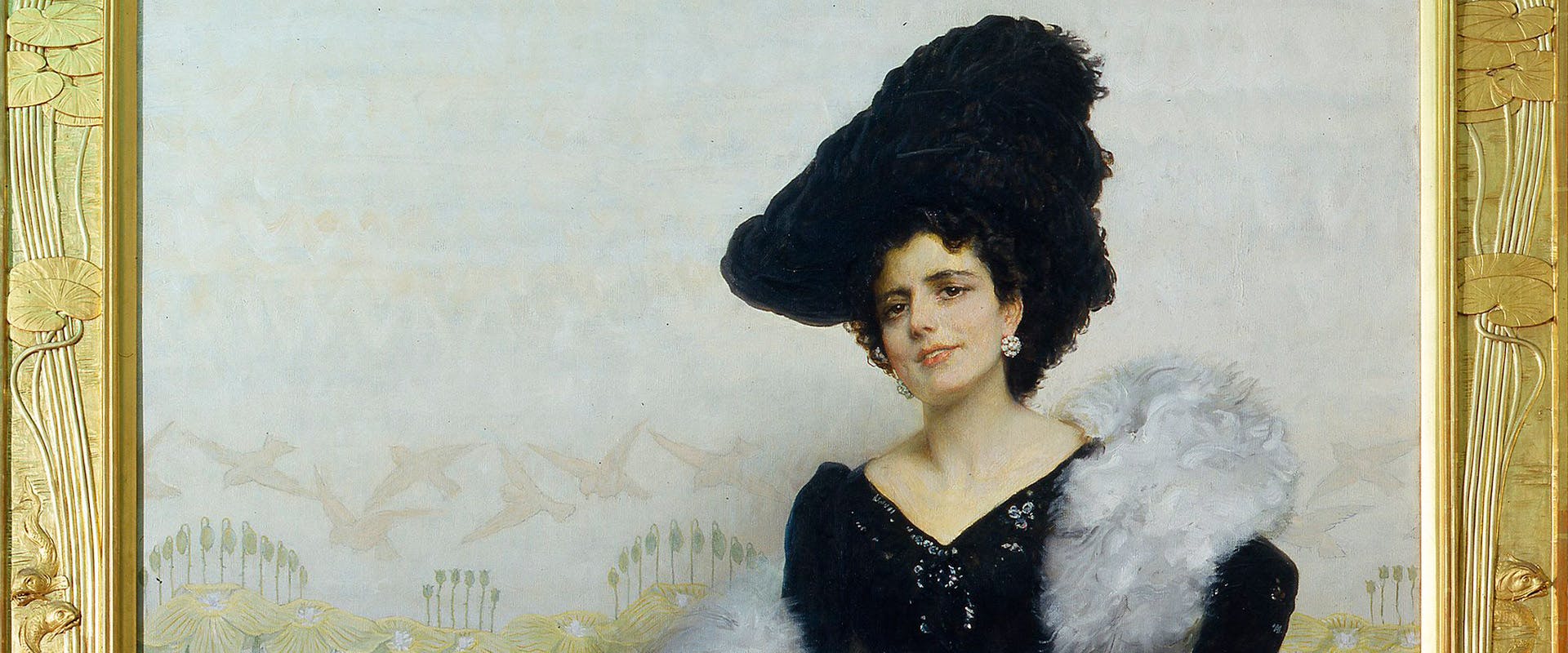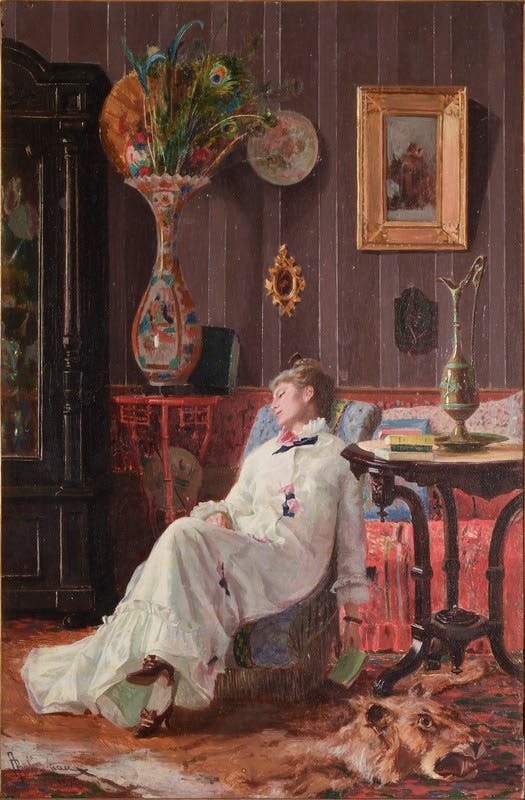Japanism. Evocations of the Far East from the Macchiaioli to the Thirties
The popularity and influence of Japanese art and design among Western European artists in the nineteenth century
This year Florence celebrates Japanese art and culture in the Pitti Palace, which in 1585 welcomed the first Japanese ambassadors to reach Italy. The sumptuous rooms and the most prestigious premises of the Palace are involved in this magnificent event entitled "Japan. Land of enchantments” devoted to the arts and culture of the archipelago of the Far East.
The Gallery of Modern Art hosts the exhibition “Japanism. Evocations of the Far East from the Macchiaioli to the Thirties”.
This is the first exhibition in Italy devoted to Japanism, an artistic phenomenon that has been investigated in depth in other countries, including France, England and the United States. Japanism, Western arts that took over motifs inspired by Japanese art, also had a profound influence on Italian art between the mid-nineteenth century and the early decades of the twentieth. This was inevitable, considering that Japan in all its facets was “discovered” by westerners only in the nineteenth century: the Far Eastern archipelago had effectively been consciously secluded from the rest of the world for over two centuries, opening up only around 1860. After that the passion of westerners for the art and culture of Japan spread widely, in some cases to the point of becoming an authentic mania.
Not only did Japanese artefacts and costumes begin to dominate the fashion of the time (consider, for example, fans, kimonos and screens), but even more importantly the artists found in Japanese art – and above all in the polychrome woodcuts of artists such as Utamaro, Hokusai and Hiroshige – a source of stylistic and thematic inspiration. This input was exploited by the leaders of the European avant-garde movements, including Whistler, Manet, Degas, Van Gogh, Gauguin and Monet.
The Japanese influence extended to Italian artists who became popular abroad, such as De Nittis, and also figures who were at the time experimenting new pictorial frontiers in Italy, such as the Tuscan Macchiaioli, with Fattori, Signorini and D'Ancona. Japanism appeared in works by artists from every region of recently-unified Italy, extending its stylistic influence right through to the first decades of the twentieth century. Works by all these artists are present in the exhibition, alongside a large number of Japanese artefacts, above all Ukiyo-e prints.

